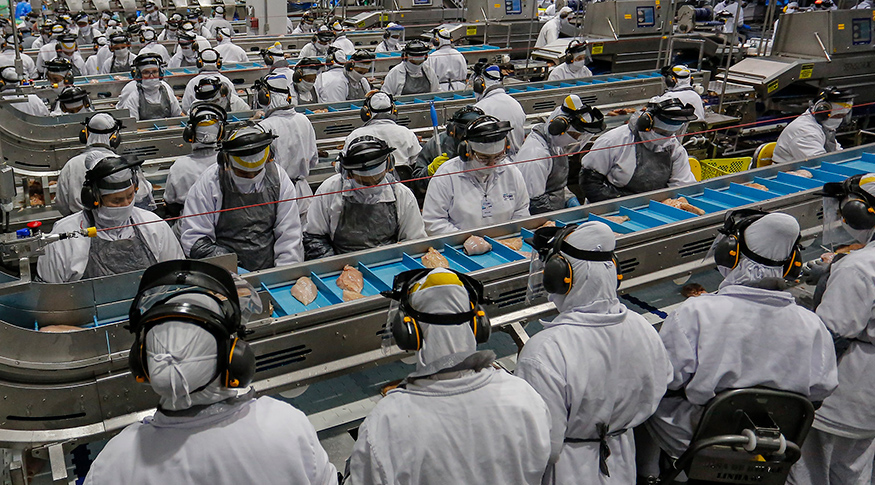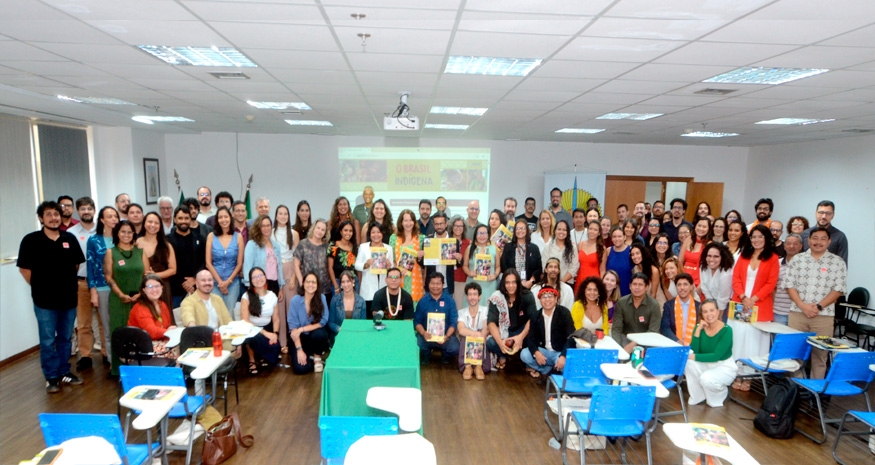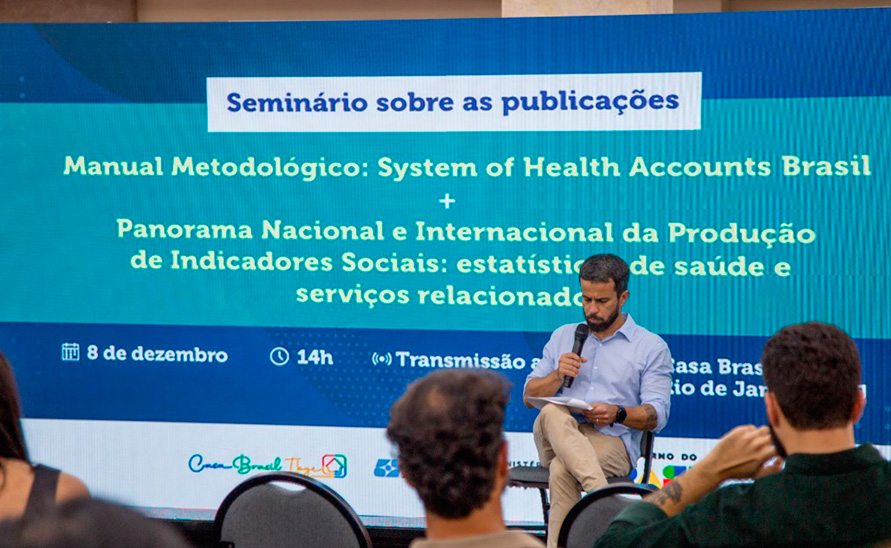IPP
Industrial prices fall 1.25% in June, fifth negative result in a row
August 07, 2025 09h00 AM | Last Updated: August 07, 2025 11h50 AM

National industrial prices fell 1.25% in June compared to May (-1.21%), the fifth consecutive negative rate after a series of 12 positive results in a row between February 2024 and January 2025. Therefore, the Producer Price Index (IPP) rose 3.24% in 12 months and the cumulative index in the year stayed at -3.11%, the second lowest result registered for June since the beginning of the time series in 2014. The monthly change had been 1.26% in June 2024. The data were released today (7) by the IBGE.
The Producer Price Index (IPP) of the Mining and Manufacturing Industries measures the evolution of the prices of products "at the factory gate", free from taxes and freight, and encompasses the broad economic categories.
In June 2025, 13 out of 24 industrial activities surveyed recorded negative price changes when compared to the previous month, following the rate change in the general industry. In May this year, 17 activities had reported lower average prices compared to April.
“Some points may help explain this sequence of negative results, as well as the negative cumulative index in the year. One would be the dollar rate, which has been falling (in June, for example, it was 2.1% and already accumulates a devaluation, compared to the real, of 9.0% in 2025); another point would be a lower quotation of some commodities in the foreign market, such as petroleum and iron ores, which ends up being followed by the prices of Brazilian products and also spreads through several other industrial sectors, reducing production costs,” says Murilo Alvim, the IPP manager.
In terms of change, food (-3.43%); petroleum refining and biofuels (-2.53%); pharmaceuticals (2.23%); and fabricated metal products (-1.85%) were the highlights in June.
The food sector was the most prominent in the composition of the aggregate result, comparing the prices of June and those of May. The activity was responsible for -0.88 percentage points (p.p.) of influence in the -1.25% change of the general industry. In this regard, other activities that also stood out were petroleum refining and biofuels, with -0.25 p.p. of influence, basic metals (-0.07 p.p.) and pharmaceuticals (0.06 p.p.).
“One of the highlights for the drop in this activity is the group of slaughtering and manufacturing of meat, with a 4.34% drop in June, largely justified by lower poultry prices. These products are oversupplied in the domestic market, as a consequence of external restrictions on Brazilian products due to avian flu, which has reached some producing areas. Another highlight is the group of manufacturing and refining of sugar, with a drop of 6.84% in June, still in line with the sugarcane harvest period and increase in the global supply of the products, with favorable climate in other large producing countries, like India and Thailand, and consequent fall in the international prices, which is again intensified by the depreciation of the dollar,” explains Alvim.
From May to June 2025, petroleum refining and biofuels (-2.53%) exerted the second major influence (-0.25 p.p.) on the negative performance of industry. It is the fourth consecutive month of drop, though less intense than that observed in May (-2.77%). As a result, both the cumulative index in the year (-5.43%) and the cumulative indicator in 12 months (-1.99%) stood in the negative field. In the case of the latter, this had not happened since November 2024 (-3.42%).
“In the case of the sector of petroleum refining and biofuels, the change is related to lower manufacturing costs. The main raw material used in the sector, which is petroleum, has been presenting continuous price drops that make the commodity have accumulated retractions both in the year and in 12 months, despite the punctual high observed in June, much due to conflicts that occurred in producing countries and regions that serve as transportation route for petroleum, like the Strait of Hormuz,” explains the manager.
Basic metals (-1.07%), segment with the fifth biggest weight in the IPP calculation, recorded the sixth consecutive negative result in the monthly indicator, being the third major influence on the general result of the industry (-0.07 p.p. out of -1.25%). As a result, the activity accumulated a 9.52% retraction in the first semester of 2025, the second most intense change and the third major influence (-0.66 p.p. out of -3.11%) in this indicator.
"The drop in the basic metals sector was mainly influenced by the lower prices of the products of the steel group, which presented a decline in the month of 1.85%, also related to lower costs, since iron ore, the main raw material of steel, presented a price reduction not only in the month, but also in the cumulative index in the year and in the cumulative indicator in 12 months, following the quotation in the foreign market," notes Alvim.
From the perspective of the broad economic categories, the price change observed between May and June 2025 occurred as follows: -0.46% of change in capital goods; -0.98% in intermediate goods; and -1.78% in consumer goods, being the change observed in durable consumer goods of -0.04%, while in semi and non-durable consumer goods, it was -2.11%.
Consumer goods (-0.68 p.p.) were the ones that most influenced the IPP in June. According to the survey´s manager, it is possible to realize “that the ones that most impacted the result were semi and non-durable consumer goods, which retreated 2.11% in the month. And here the main responsible are the same products that most impacted the results of the activities of food and petroleum refining and biofuels, like meat, coffee, gasoline and alcohol.”
Know more about the IPP
The IPP aims at measuring the average change of sale prices received by the domestic producers of goods and services, as well as their evolution over time, signaling the short-term inflationary trends in Brazil. It is a key indicator for the macroeconomic follow up and, consequently, a valuable analytical instrument for decision makers, either public or private.
The survey investigates, in a few more than 2,100 enterprises, the prices received by producers, free from tax, tariffs and freight, defined according to the most usual commercial practices. Nearly 6 thousand prices are collected monthly. The complete IPP tables are available on Sidra. The next release of the IPP, related to July, will be on September 5.



















